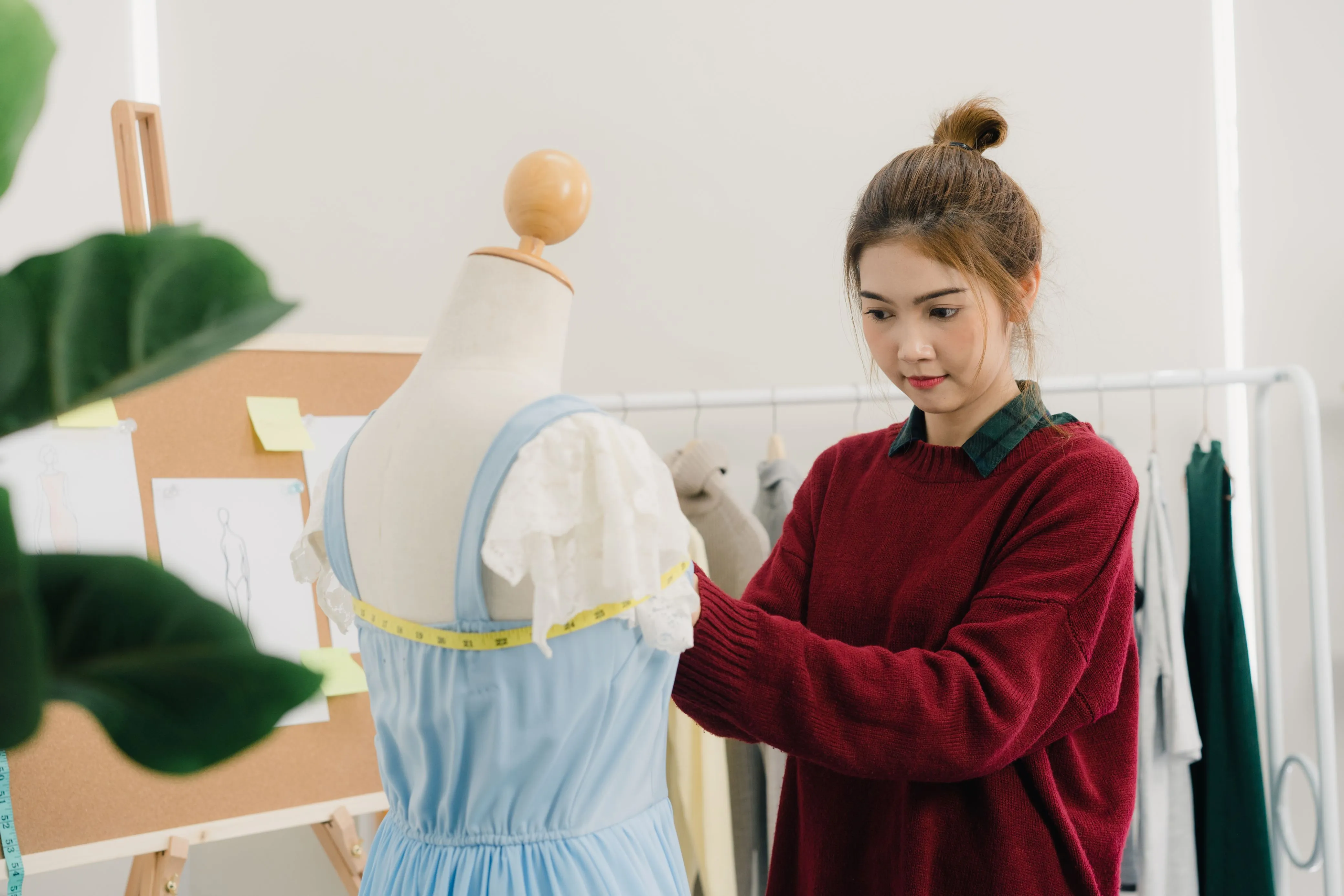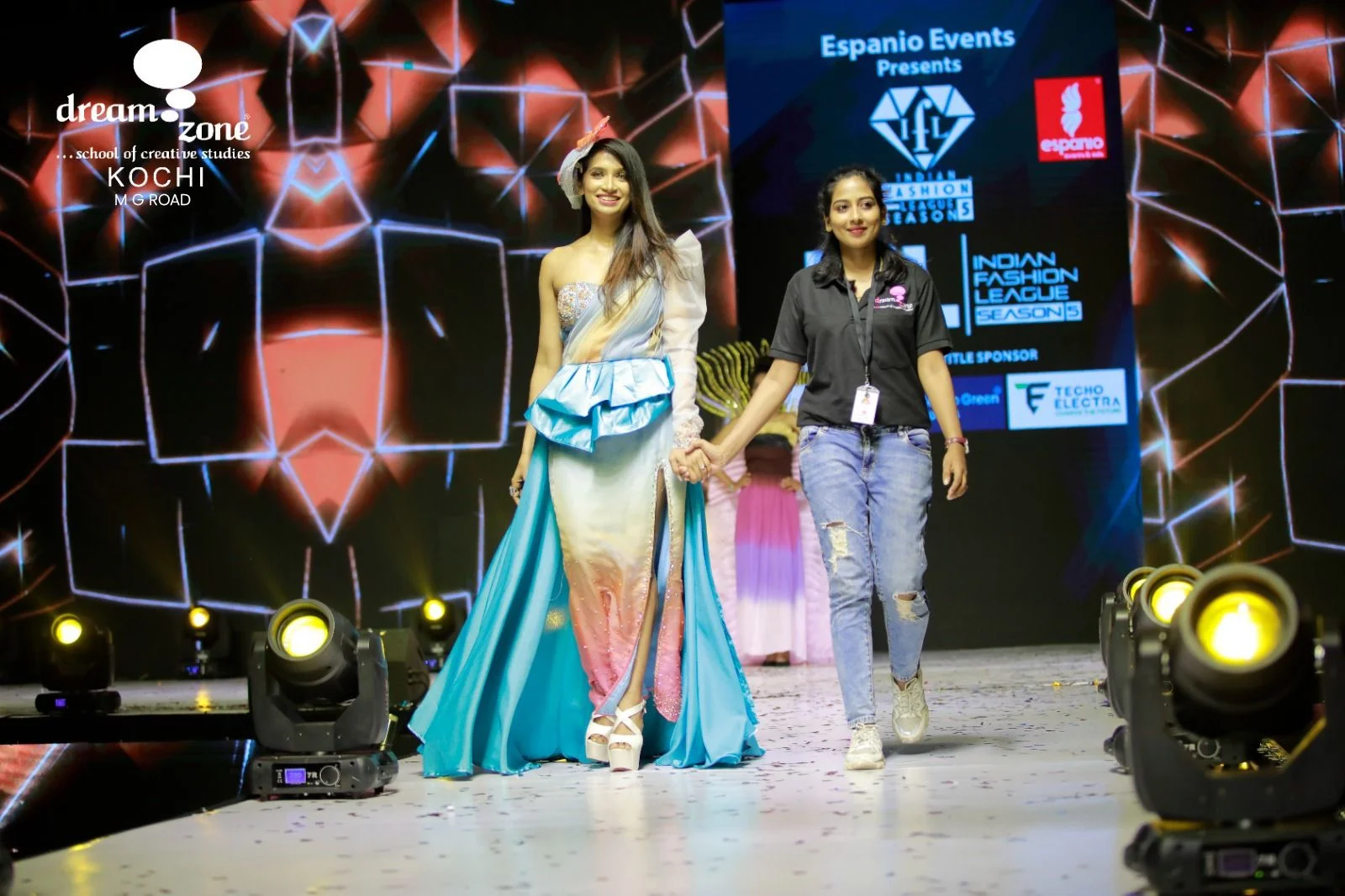
Fashion illustration is a very colorful and integral part of fashion design. In fact, it contributes to how designers express their ideas and creativity. If you have never seen or heard of a fashion illustration, it is important to keep some basic techniques in mind.
Draw it only after ensuring you have learned the standard proportions of the human body. Elongated proportions are used in fashion illustrations to give the work a tasteful feel. A common way to divide the body is to split it into eight parts. Start with an easy standing figure sketch, keeping in mind that the head is one section and the legs and torso are the rest.

Break the body sketch into basic shapes. The head and joints can be depicted with circles, the torso, and limbs with rectangles, and the feet with triangles. Use basic shapes in order to simplify visualization of the figure as well as presentation in a dynamic pose. Then perfect the given basic shapes to obtain a more realistic contour.
When you're attempting to draw clothing, start by drawing an abstract outline of the garment on your figure. First, try to capture the silhouette. At this point, you should be thinking about what kind of drape the clothes have and how they fit against the body. Use simple lines as seams and folds. Remember, the objective is to suggest a design, not to draw every little detail.
Color brings your illustration to life. You can make use of color pencils, markers, or watercolors. You can simply start by choosing a color palette that reflects your design. Use lighter shades to create highlights and darker shades for shadows. This technique helps to give depth and dimension to your clothing.
Each kind of fabric has its own texture, and you can get those in your drawings. For example, if you want to suggest that the fabric is silk, then use soft lines, going lightly. If you want to describe something like denim, you might make use of a bit of textured stroke. Go about experimenting with techniques that would suit your drawing the best.
Now you may add facial features and hair. Basic shapes can be used for the eyes, nose, and mouth. Hair can be depicted by flowing lines toward the shape of the head. Remember that clothes are meant to be focused on, and drawing must not go beyond the basic details.
As with everything else, practice is the best. You should find time to draw daily, or at least every week. Don't be hesitant to try various styles and techniques. The more you practice, the more comfortable you become with your style.
Obtain inspiration from some already established fashion illustrators. Analyze their techniques, styles, and how they present the designs. Through this, your ideas will keep developing by comparing different approaches and forming your own style.
Fashion illustration is a fun, creative medium for ideas to flow forth in the world of fashion design. After mastering the basics, you can sharpen your skills through practice and with some confidence. Remember that all great designers begin somewhere, so keep at it and let those drawings keep coming.
DreamZone Kochi provides a dynamic curriculum of fashion design courses that foster the skills and knowledge of bright professionals, helping them to make their mark in the fashion world. Their curriculum includes subjects including textile design, fashion illustration, and garment design. The faculty are experienced and qualified experts in the industry, and the course mainly focuses on hands-on training that can help a student evolve into their full potential while offering insight into current trends and industry practices. This makes DreamZone Kochi an ideal place to begin learning fashion design, whether you are a beginner or someone looking to enhance their skills.